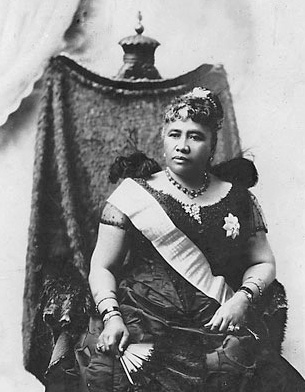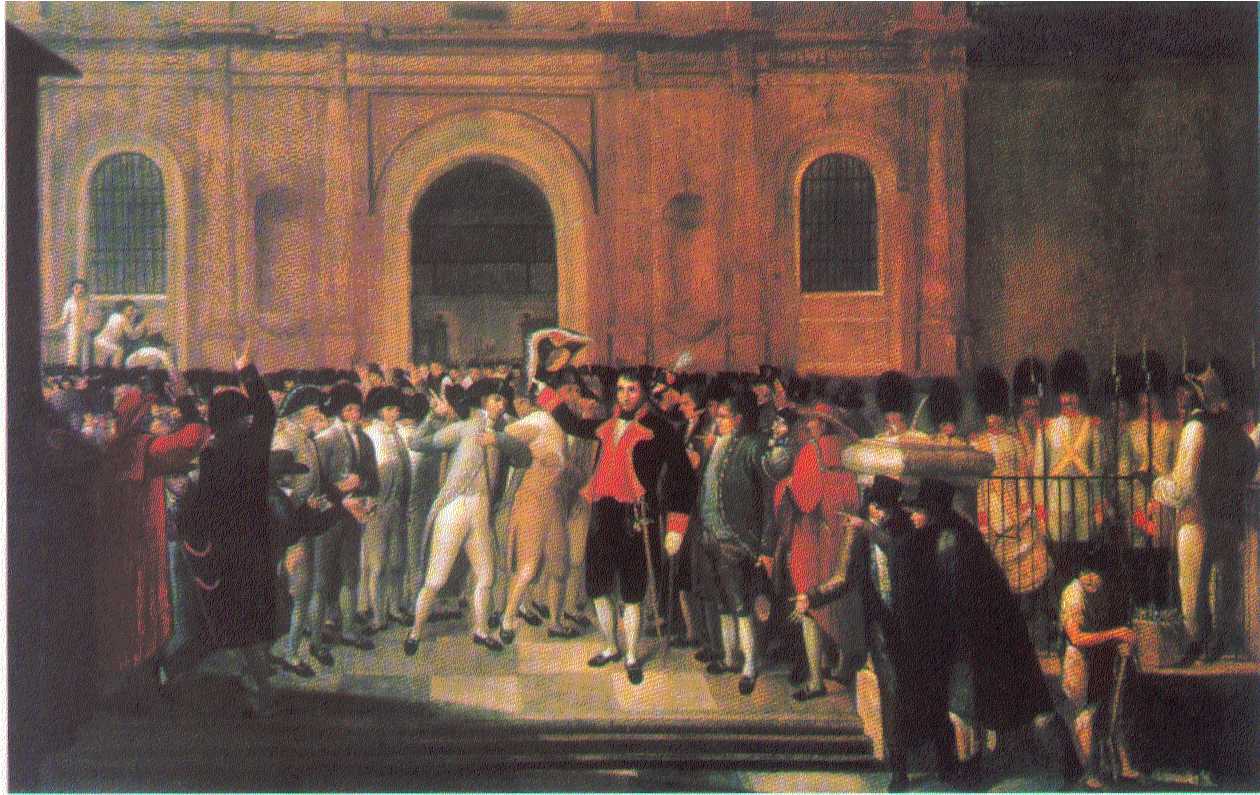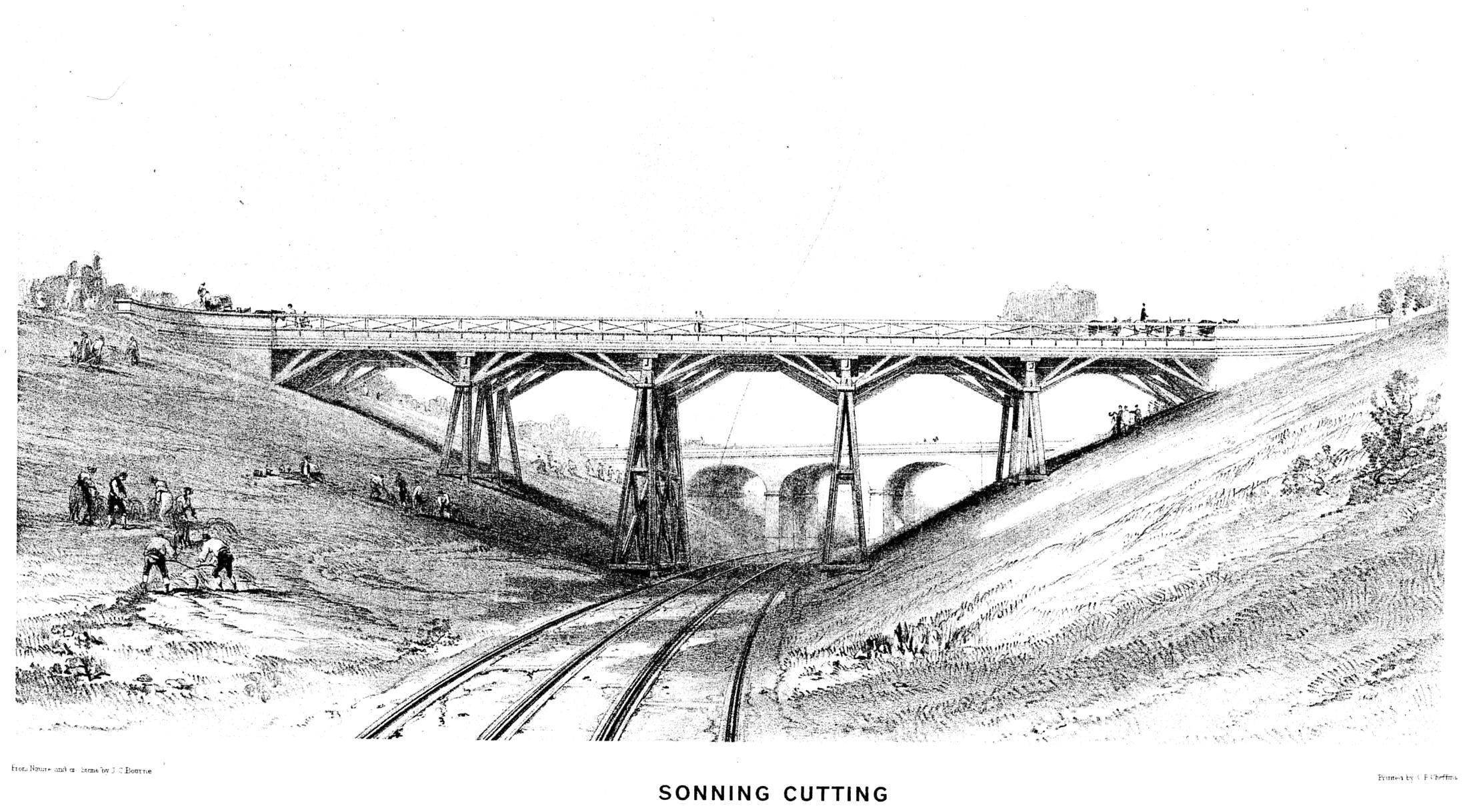|
Jacques-Eugène Armengaud
Jacques-Eugène Armengaud (25 October 1810 – 23 January 1891) was a French industrial engineer, and professor of machine drawing at the Conservatoire national des arts et métiers (CNAM), particularly known as the original author of ''The practical draughtsman's book of industrial design,'' 1851. Life and work Born in Ostend, Armengaud graduated from the School of Arts and Crafts at Châlons-sur-Marne, and became professor of machine drawing at the Conservatoire national des arts et métiers (CNAM) in Paris. Jacques-Eugene Armengaud and his brother Charles (1813–1893) worked as patent agents and consulting engineers. Later Armengaud taught technical drawing, machine drawing at Conservatoire national des arts et métiers, and was partner in a machine factory. He specialized in the mechanical engineering and the design of machines, on which he wrote a series of books. His work made a significant contribution to the disclosure of new construction techniques in his days. He also ... [...More Info...] [...Related Items...] OR: [Wikipedia] [Google] [Baidu] |
Industrial Design
Industrial design is a process of design applied to physical Product (business), products that are to be manufactured by mass production. It is the creative act of determining and defining a product's form and features, which takes place in advance of the manufacture or production of the product. Industrial manufacture consists of predetermined, standardized and repeated, often automated, acts of replication, while craft-based design is a process or approach in which the form of the product is determined personally by the product's creator largely concurrent with the act of its production. All manufactured products are the result of a design process, but the nature of this process can vary. It can be conducted by an individual or a team, and such a team could include people with varied expertise (e.g. designers, engineers, business experts, etc.). It can emphasize intuitive creativity or calculated Evidence-based design, scientific decision-making, and often emphasizes a mix of b ... [...More Info...] [...Related Items...] OR: [Wikipedia] [Google] [Baidu] |
Data And Information Visualization Experts
Data ( , ) are a collection of discrete or continuous values that convey information, describing the quantity, quality, fact, statistics, other basic units of meaning, or simply sequences of symbols that may be further interpreted formally. A datum is an individual value in a collection of data. Data are usually organized into structures such as tables that provide additional context and meaning, and may themselves be used as data in larger structures. Data may be used as variables in a computational process. Data may represent abstract ideas or concrete measurements. Data are commonly used in scientific research, economics, and virtually every other form of human organizational activity. Examples of data sets include price indices (such as the consumer price index), unemployment rates, literacy rates, and census data. In this context, data represent the raw facts and figures from which useful information can be extracted. Data are collected using techniques such as m ... [...More Info...] [...Related Items...] OR: [Wikipedia] [Google] [Baidu] |
19th-century French Engineers
The 19th century began on 1 January 1801 (represented by the Roman numerals MDCCCI), and ended on 31 December 1900 (MCM). It was the 9th century of the 2nd millennium. It was characterized by vast social upheaval. Slavery was abolished in much of Europe and the Americas. The First Industrial Revolution, though it began in the late 18th century, expanded beyond its British homeland for the first time during the 19th century, particularly remaking the economies and societies of the Low Countries, France, the Rhineland, Northern Italy, and the Northeastern United States. A few decades later, the Second Industrial Revolution led to ever more massive urbanization and much higher levels of productivity, profit, and prosperity, a pattern that continued into the 20th century. The Catholic Church, in response to the growing influence and power of modernism, secularism and materialism, formed the First Vatican Council in the late 19th century to deal with such problems and confirm ce ... [...More Info...] [...Related Items...] OR: [Wikipedia] [Google] [Baidu] |
1891 Deaths
Events January * January 1 ** A strike of 500 Hungarian steel workers occurs; 3,000 men are out of work as a consequence. **Germany takes formal possession of its new African territories. * January 4 – The Earl of Zetland issues a declaration regarding the famine in the western counties of Ireland. * January 5 **The Australian shearers' strike, that leads indirectly to the foundation of the Australian Labor Party, begins. **A fight between the United States and Lakotas breaks out near Pine Ridge agency. **A fight between railway strikers and police breaks out at Motherwell, Scotland. * January 7 ** General Miles' forces surround the Lakota in the Pine Ridge Reservation. ** The Inter-American Monetary Commission meets in Washington DC. * January 9 – The great shoe strike in Rochester, New York is called off. * January 10 – in France, the Irish Nationalist leaders hold a conference at Boulogne. The French government promptly takes loan. * J ... [...More Info...] [...Related Items...] OR: [Wikipedia] [Google] [Baidu] |
1810 Births
Events January–March * January 1 – Major-General Lachlan Macquarie officially becomes Governor of New South Wales. * January 4 – Australian Seal hunting, seal hunter Frederick Hasselborough discovers Campbell Island, New Zealand, Campbell Island, in the Subantarctic. * January 12 – The marriage of Napoleon and Joséphine de Beauharnais, Joséphine is annulled. * February 13 – After seizing Jaén, Spain, Jaén, Córdoba, Spain, Córdoba, Seville and Granada, Napoleonic troops enter Málaga under the command of General Horace Sebastiani. * February 17 – Napoleon, Napoleon Bonaparte decrees that Rome would become the second capital of the First French Empire, French Empire. * February 20 – County of Tyrol, Tyrolean rebel leader Andreas Hofer is executed. * March 11 – Napoleon marries Marie-Louise of Austria by proxy in Vienna. April–June * April 2 – Napoleon Bonaparte marries Marie Louise of Austria, Duchess of Parma, in person, in Paris. * April 19 � ... [...More Info...] [...Related Items...] OR: [Wikipedia] [Google] [Baidu] |
Walter Smith (art Educator)
Walter Smith (1836–1886) was a British art educator and author of drawing books and books on industrial art education, known as leading early proponent of industrial design in the United States.Amelia Peck, Carol Irish. ''Candace Wheeler: The Art and Enterprise of American Design, 1875–1900.'' Metropolitan Museum of Art, 1 January 2001. p. 100-101 Early life and education Smith was born in Britain in 1836, and graduated at the South Kensington School of Art in London. After graduation, Smith settled in Leeds, where he became headmaster of the Leeds, Holbeck and Keighley School of Art. He also became headmaster of the drawing department of the Leeds Grammar School; Principal Art Master in Huddersfield College in Huddersfield, and superintendent of drawing in schools for the poor in the district of Leeds, Huddersfield, Keighley etc. Career In the early 1860s, he was commissioned by the British Lords of the Committee of Council on Education Smith made a comparison of the Fren ... [...More Info...] [...Related Items...] OR: [Wikipedia] [Google] [Baidu] |
Robert Scott Burn
Robert Scott Burn (14 February 1825 – 31 January 1901) was a Scottish engineer and author, known as prolific writer between 1850 and 1860 on a wide range of subjects ranging from agriculture, building construction and mechanical engineering to architectural drawing, architectural and technical drawing. Biography Born at Lauder in the Scottish Borders, Burn received his education as engineer as apprentice at Watson, Ross and Co. in Edinburgh, who were working as agricultural and brewing engineers. After working at the Main Point Foundry in Edinburgh, he visited the United States. Back in the United Kingdom he settled in Stockport as consulting agricultural engineer.Institution of Mechanical Engineers (Great Britain).Robert Scott Burn in: ''Proceedings – Institution of Mechanical Engineers,'' Memoirs May 1901, p. 466 Late 1840s Burn came into prominence with some technical innovations. He developed an improved roller gin, used in separating the seed from cotton, and made some ... [...More Info...] [...Related Items...] OR: [Wikipedia] [Google] [Baidu] |
John Cooke Bourne
John Cooke Bourne (1 September 1814 – February 1896) was a British artist, engraver and photographer,John Hannavy (2013) ''Encyclopedia of Nineteenth-Century Photography.''. p. 196. best known for his lithographs showing the construction of the London and Birmingham Railway and the Great Western Railway. His set of prints were each published as separate book, and became classic representations of the construction of the early railways. Prints were often hand coloured for a vivid picture of events. Biography John Cooke Bourne was born in London, where his father worked as hat-maker in Covent Garden. He was related to the engraver George Cooke (engraver), George Cooke, who was his Godparent, godfather, and became befriended with his son Edward William Cooke, whose uncle, William Bernard Cooke (1778–1855), was also a line engraver of note. After general education, Bourne became a pupil of the landscape engraver John Pye, who had specialised in illustrations for popular annual ... [...More Info...] [...Related Items...] OR: [Wikipedia] [Google] [Baidu] |
Charles Blacker Vignoles
Charles Blacker Vignoles (31 May 1793 – 17 November 1875) was an Irish railway engineer, and eponym of the Vignoles rail. Early life He was born at Woodbrook, County Wexford, Ireland in May 1793 the son of Capt. Charles Henry Vignoles and Camilla, née Hutton. In 1794 Charles was promoted to a Captaincy in the 43rd Foot and posted to the West Indies with his wife and son. He was severely wounded in the unsuccessful storming of Point-à-Pitre, Guadeloupe and taken prisoner; whilst prisoners both he and Camilla contracted yellow fever. They were cared for by a M. Courtois, a merchant on the island. Henry died on 8 June 1794, Camilla a few days later. Charles, then thirteen months old survived, was cared for by M. Courtois who sent for Charles' uncle, Capt. George Henry Hutton (1765–1827) — later Lt. Gen — who reached Guadeloupe some ten months later. Charles was appointed an Ensign in the 43rd Foot with effect from 25 Oct 1794, at the age of 2½. It took some ... [...More Info...] [...Related Items...] OR: [Wikipedia] [Google] [Baidu] |
Nicholas Chain Bridge
The Nicholas Chain Bridge or Nikolaevsky Chain Bridge (, ; ) was a chain bridge over the Dnieper that existed from 1855 to 1920 in Kyiv. History The British engineer Charles Blacker Vignoles directed the bridge's construction, and Fox, Henderson and Company supplied the ironwork. In 1851 a silver model of the bridge was presented at The Great Exhibition in London. Building started in 1848 and was completed in 1853. The bridge was the largest at that time in Europe. In 1920, during the Polish-Soviet War, retreating Polish troops blew up the bridge. It was restored based on old drawings by Evgeny Paton, and opened again in 1925 under the name Yevgenia Bosch Bridge. Paton significantly changed its structure and raised it by several metres, so that the Yevgenia Bosch Bridge may be considered as a new bridge. On 19 September 1941, retreating Soviet troops demolished the Yevgenia Bosch Bridge. It was not restored after the war. In 1965 in place of the former chain bridge a new ... [...More Info...] [...Related Items...] OR: [Wikipedia] [Google] [Baidu] |
Industrial Design
Industrial design is a process of design applied to physical Product (business), products that are to be manufactured by mass production. It is the creative act of determining and defining a product's form and features, which takes place in advance of the manufacture or production of the product. Industrial manufacture consists of predetermined, standardized and repeated, often automated, acts of replication, while craft-based design is a process or approach in which the form of the product is determined personally by the product's creator largely concurrent with the act of its production. All manufactured products are the result of a design process, but the nature of this process can vary. It can be conducted by an individual or a team, and such a team could include people with varied expertise (e.g. designers, engineers, business experts, etc.). It can emphasize intuitive creativity or calculated Evidence-based design, scientific decision-making, and often emphasizes a mix of b ... [...More Info...] [...Related Items...] OR: [Wikipedia] [Google] [Baidu] |





